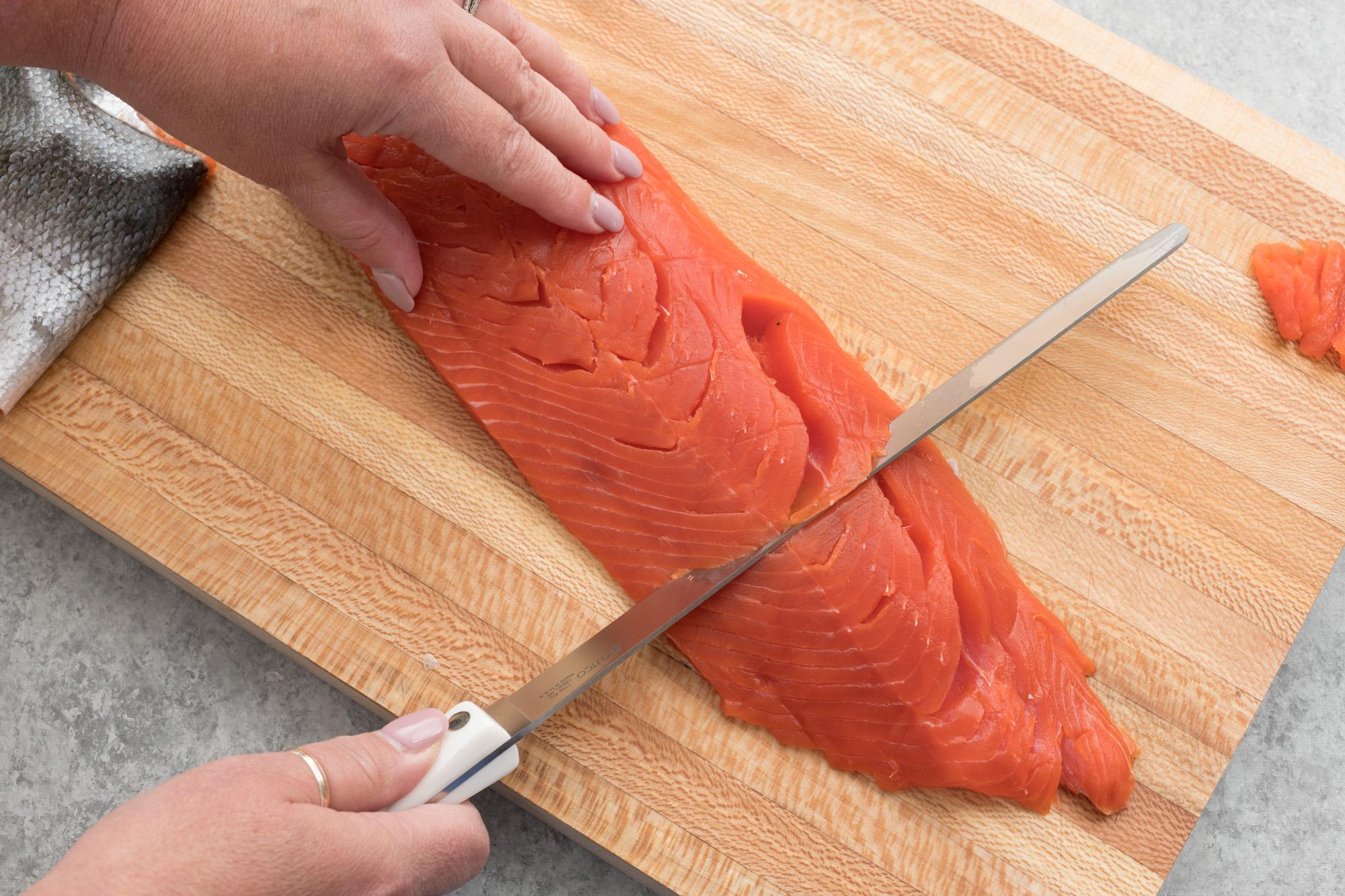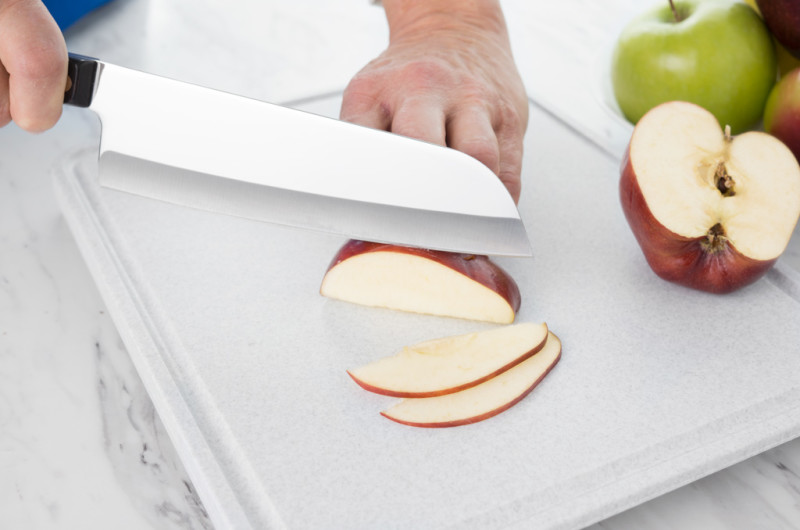How to Cut with a Japanese Knife: Tips Every BBQ Enthusiast Must Know
Written By James Morgan
Barbecue enthusiasts often take immense pride in their equipment, from the perfect grill to the high-quality meat they select. A vital tool in this collection is a Japanese knife, which offers unparalleled precision and sharpness for cutting tasks. In this guide, we'll delve into how to cut with a Japanese knife to enhance your barbecue preparations and presentations.

Understanding the Basics of a Japanese Knife
Before diving into cutting techniques, it's essential to understand what makes a Japanese knife unique. Japanese knives are known for their thin, razor-sharp blades made from high-carbon steel. Unlike Western knives, they often feature a single bevel, meaning one side of the blade is flat while the other is angled.
Types of Japanese Knives
There are many types of Japanese knives, each designed for specific tasks. The **Yanagiba** is ideal for slicing sashimi, the **Deba** is perfect for butchering fish, and the **Nakiri** is crafted for chopping vegetables. Knowing which knife to use for your barbecue preparation can make all the difference.

The Proper Grip and Stance
A crucial aspect of cutting effectively with a Japanese knife is mastering the grip and stance. Hold the knife firmly with your index finger and thumb grasping the blade near the handle. Ensure your other fingers wrap around the handle securely.
Maintain a stable stance with feet shoulder-width apart. This stance provides balance and control, allowing for precise cuts.

Cutting Techniques
The Push Cut
The push cut is a fundamental technique in Japanese cuisine. To execute it, position the blade at the top of the ingredient and push downward in a straight motion. This technique minimizes damage to the food's texture and maintains its flavor.
The Pull Cut
The pull cut involves drawing the knife towards you. Use this method for delicate tasks like slicing thin cuts of meat or fish. The pull cut ensures a clean, even cut without crushing the ingredient.
The Rocking Motion
The rocking motion is best used with knives like the Nakiri. Place the tip of the knife on the cutting board and rock it back and forth. This technique is excellent for chopping vegetables quickly and efficiently.

Essential Cutting Techniques for BBQ Enthusiasts
Slicing Meat
Slicing meat is an art, especially when preparing for a barbecue. Use the Yanagiba or a similar slicing knife for thin, even slices. Remember to cut against the grain for tender results.
For more tips on precise cutting techniques, visit [BBC Bitesize](https://www.bbc.co.uk/bitesize/articles/zrxjtcw).
Chopping Vegetables
Vegetables are a staple at any barbecue. Use the Nakiri for chopping vegetables with precision. Keep the knife's edge sharp to ensure clean cuts, which can enhance the presentation of your dishes.
Learn more about cutting techniques from [Forks Over Knives](https://www.forksoverknives.com/how-tos/knife-skills-cutting-technique/).
Preparing Fish
A fish dish can elevate your barbecue. Use the Deba knife for gutting and filleting fish. This knife's sturdy blade can handle tough scales and bones, while its sharp edge ensures precise cuts.
Advanced Techniques
Decorative Cuts
Impress your guests with decorative cuts. The Katsuramuki technique involves peeling vegetables into thin sheets, ideal for garnishes. Practice makes perfect with this delicate method.
For more information on fine cutting techniques, check out this [link](https://fnsharp.com/blogs/fns/fruit-cutting-guide).
Care and Maintenance of Your Japanese Knife
Sharpening Your Knife
Regular sharpening keeps your Japanese knife performing at its best. Use a whetstone at a 15-degree angle to maintain the blade's sharpness. Avoid electric sharpeners, which can damage the blade.
Cleaning and Storage
Always handwash your knife with mild soap and dry it immediately to prevent rust. Store it in a knife block or magnetic strip to protect the blade from dulling.
Conclusion
Mastering how to cut with a Japanese knife can significantly enhance your barbecue experience. From carving meats to slicing vegetables with precision, the right techniques can make all the difference. Remember, practice and proper maintenance are key to long-lasting performance.
For more tips and guides, explore our extensive library of articles on [Grilling4All](https://www.grilling4all.com/blogs/blog/how-to-cut-a-kiwi-without-a-knife).
As an Amazon Associate, I earn from qualifying purchases.
FAQs
Why should I use a Japanese knife for barbecue?
Japanese knives are renowned for their sharpness and precision. They allow for cleaner cuts, which can improve the texture and presentation of your barbecue dishes.
How often should I sharpen my Japanese knife?
It depends on usage, but generally, it's recommended to sharpen your knife every few months to maintain its edge.
Can I use a Japanese knife for other cooking tasks?
Yes, Japanese knives are versatile and can be used for various kitchen tasks. However, each type is designed for specific purposes, so using the appropriate knife for each task is best.
As an Amazon Associate, I earn from qualifying purchases.



